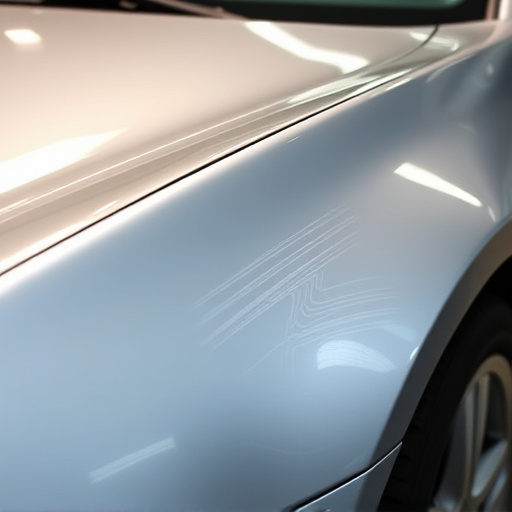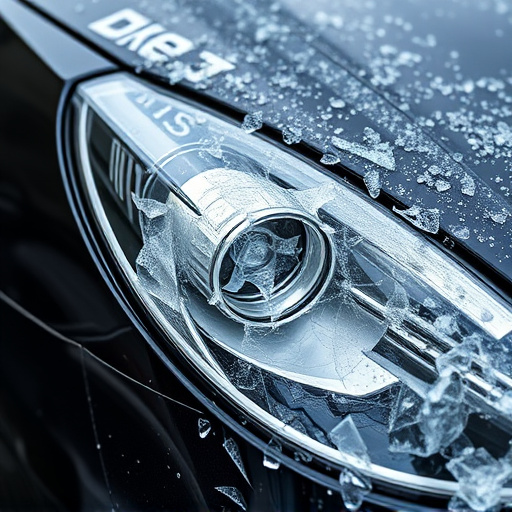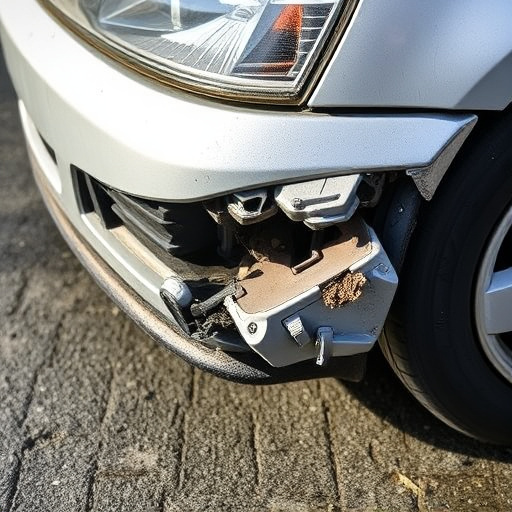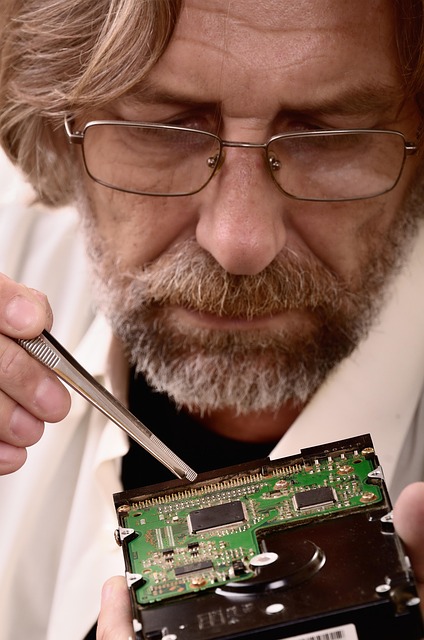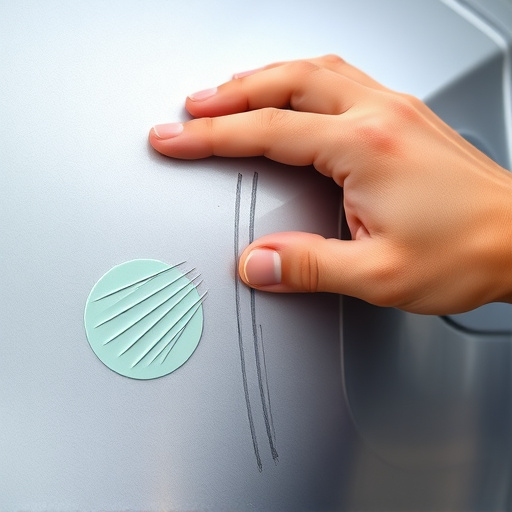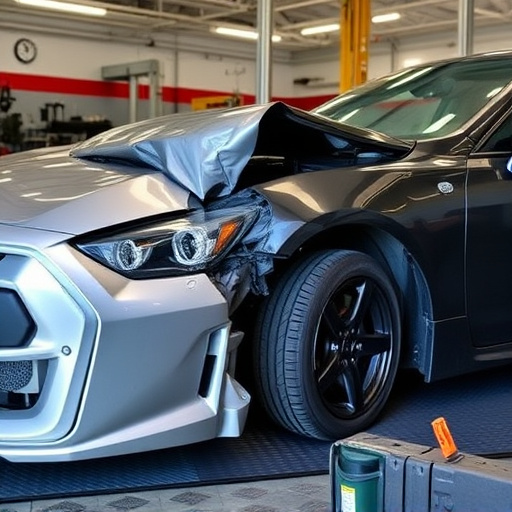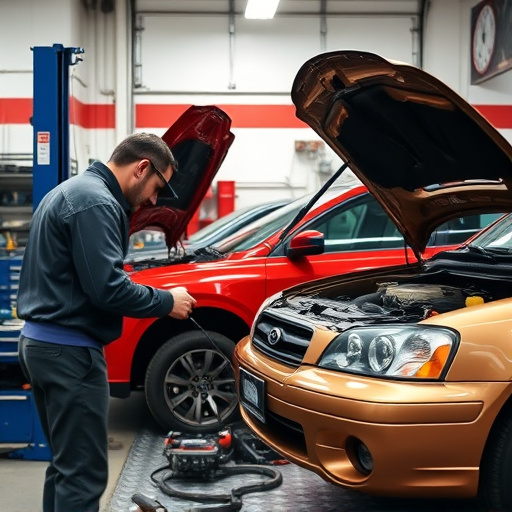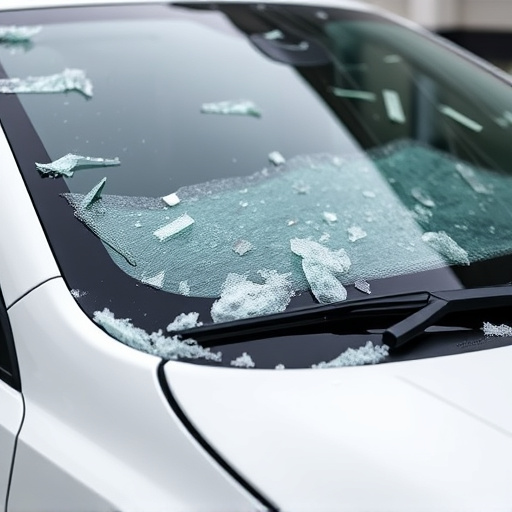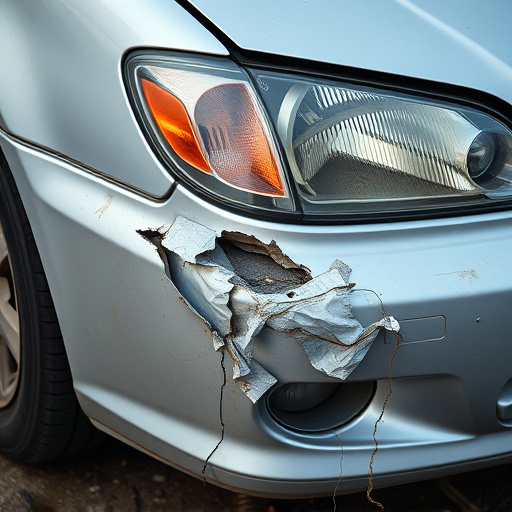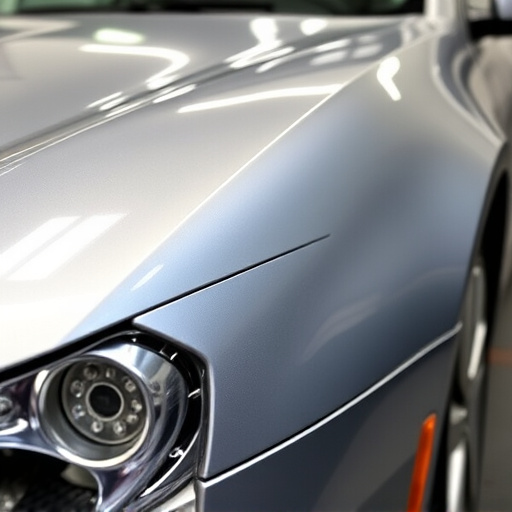Tesla's signature carbon fiber structure requires specialized repair for structural integrity and aesthetic appeal. Damage detection involves visual inspections, pressure testing, and non-destructive methods. Reputable collision centers use advanced equipment and trained technicians to preserve performance and sleek design, enhancing owner satisfaction.
Tesla’s iconic carbon fiber structure, a cornerstone of their vehicle design, requires meticulous care. This article delves into the world of Tesla carbon fiber repair, exploring essential techniques to maintain optimal aerodynamic performance. From understanding the unique structure to detecting and assessing damage, we uncover effective repair methods. Learn how these strategies not only restore aesthetics but also guarantee the continued efficiency of Tesla’s cutting-edge automotive design. Discover the importance of proper maintenance for this groundbreaking material.
- Understanding Tesla Carbon Fiber Structure
- Detecting and Assessing Damage
- Effective Repair Techniques for Optimal Aerodynamics
Understanding Tesla Carbon Fiber Structure
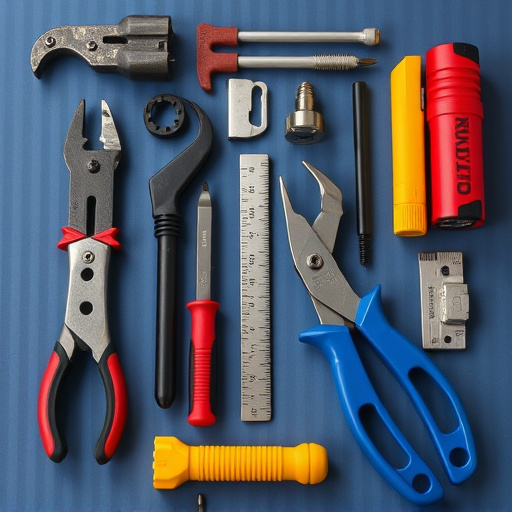
Tesla’s iconic carbon fiber structure is a key component in maintaining its signature aerodynamic performance. This lightweight yet incredibly strong material forms many integral parts of the vehicle, from body panels to components within the drivetrain. Understanding this complex composite material is essential for effective Tesla carbon fiber repair when damage occurs, whether from accidents at an auto collision center or normal wear and tear.
At specialized automotive body shops, technicians trained in Tesla carbon fiber repair techniques meticulously assess and address any issues. They employ advanced tools and methods to ensure precise repairs that restore the structural integrity and aerodynamic efficiency of the vehicle. This meticulous approach is crucial as even minor damage can negatively impact the car’s performance, handling, and fuel economy, reminding us that when it comes to Tesla carbon fiber repair, only the most skilled collision repair centers should handle these intricate tasks.
Detecting and Assessing Damage
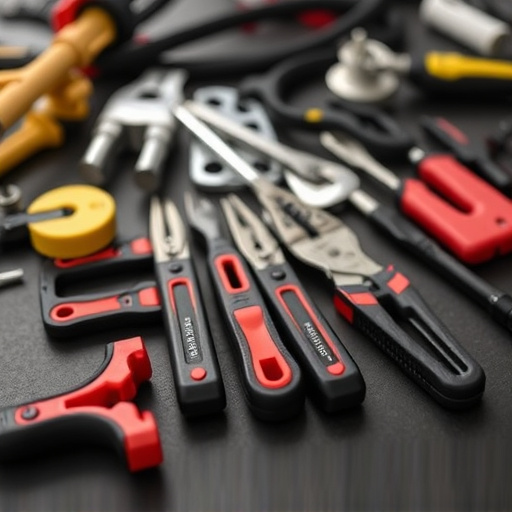
Detecting damage to Tesla’s carbon fiber composite materials is a meticulous process that requires professional expertise. Owners should regularly inspect their vehicles for any signs of impact, such as scratches or dents, which could indicate potential structural weaknesses. A close examination is crucial, especially around high-stress areas like doors, fenders, and the chassis, as these are common sites for carbon fiber damage after a fender bender or auto accident.
Assessing the extent of the damage involves advanced techniques. Auto repair services specializing in Tesla carbon fiber repair use specialized tools to detect any anomalies beneath the surface. This may include visual inspections, pressure testing, and even non-destructive testing methods to ensure the structural integrity of the composite materials without causing further harm. Identifying and addressing these issues promptly is vital for maintaining the vehicle’s aerodynamic performance and overall safety.
Effective Repair Techniques for Optimal Aerodynamics
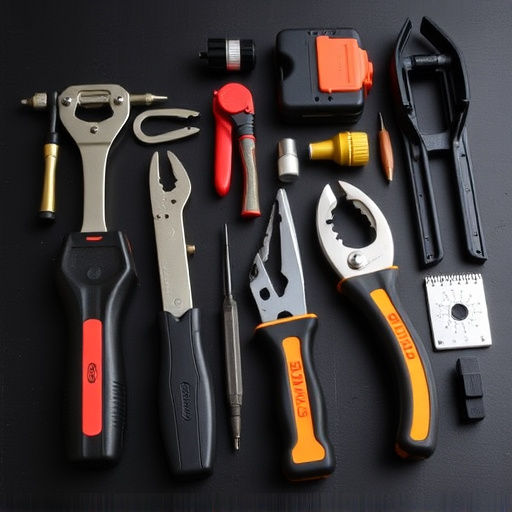
When it comes to Tesla carbon fiber repair, effectiveness is key to maintaining the vehicle’s aerodynamic performance. The intricate lattice structure of carbon fiber requires precise techniques to ensure structural integrity and aesthetic precision. Skilled technicians employ a combination of specialized tools, advanced adhesives, and meticulous attention to detail for optimal results.
Autobody repairs involving carbon fiber demand a nuanced approach. Reputable collision repair centers invest in state-of-the-art equipment and continuous training for their teams. By adhering to stringent standards and utilizing industry-leading practices, these centers ensure that every Tesla carbon fiber repair not only restores the vehicle’s aerodynamic efficiency but also retains its sleek, modern appearance, enhancing the overall driving experience.
Tesla’s advanced carbon fiber structure is integral to its vehicles’ aerodynamic efficiency. Promptly detecting and assessing damage, followed by employing effective repair techniques, ensures this performance remains optimal. By prioritizing Tesla carbon fiber repair, vehicle owners can maintain not only their cars’ sleek profiles but also their overall driving experience.
